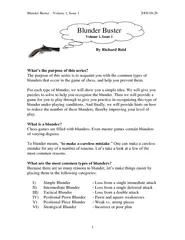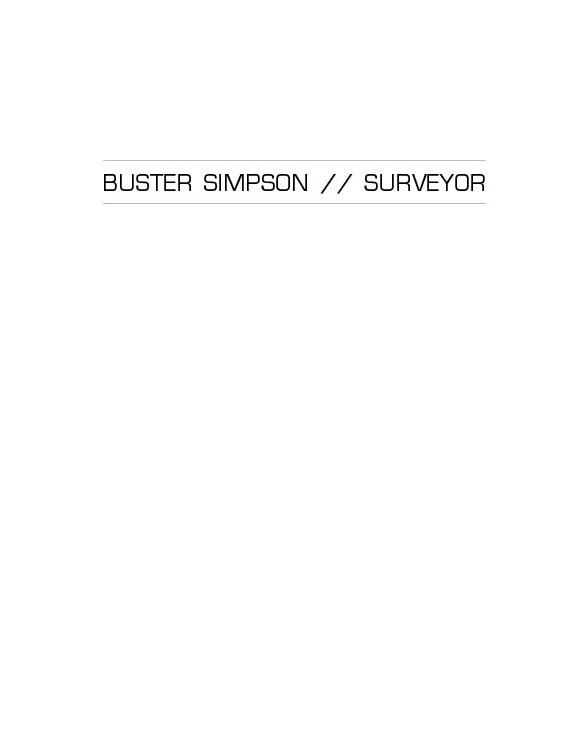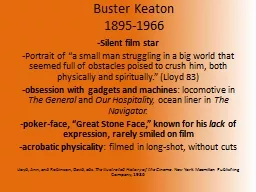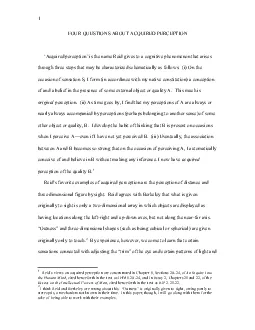PDF-Blunder Buster Volume Issue By Richard Reid KDWVW
Author : min-jolicoeur | Published Date : 2015-05-07
For each type of blunder we will show you a simpl e idea We will give you puzzles to solve to help you recognize the blunder Then we will provide a game for you
Presentation Embed Code
Download Presentation
Download Presentation The PPT/PDF document "Blunder Buster Volume Issue By Rich..." is the property of its rightful owner. Permission is granted to download and print the materials on this website for personal, non-commercial use only, and to display it on your personal computer provided you do not modify the materials and that you retain all copyright notices contained in the materials. By downloading content from our website, you accept the terms of this agreement.
Blunder Buster Volume Issue By Richard Reid KDWVW: Transcript
Download Rules Of Document
"Blunder Buster Volume Issue By Richard Reid KDWVW"The content belongs to its owner. You may download and print it for personal use, without modification, and keep all copyright notices. By downloading, you agree to these terms.
Related Documents














